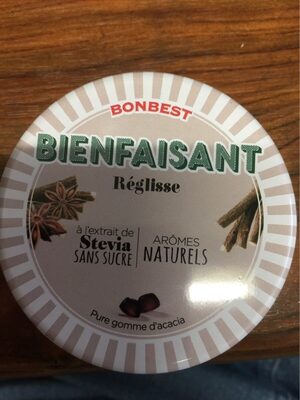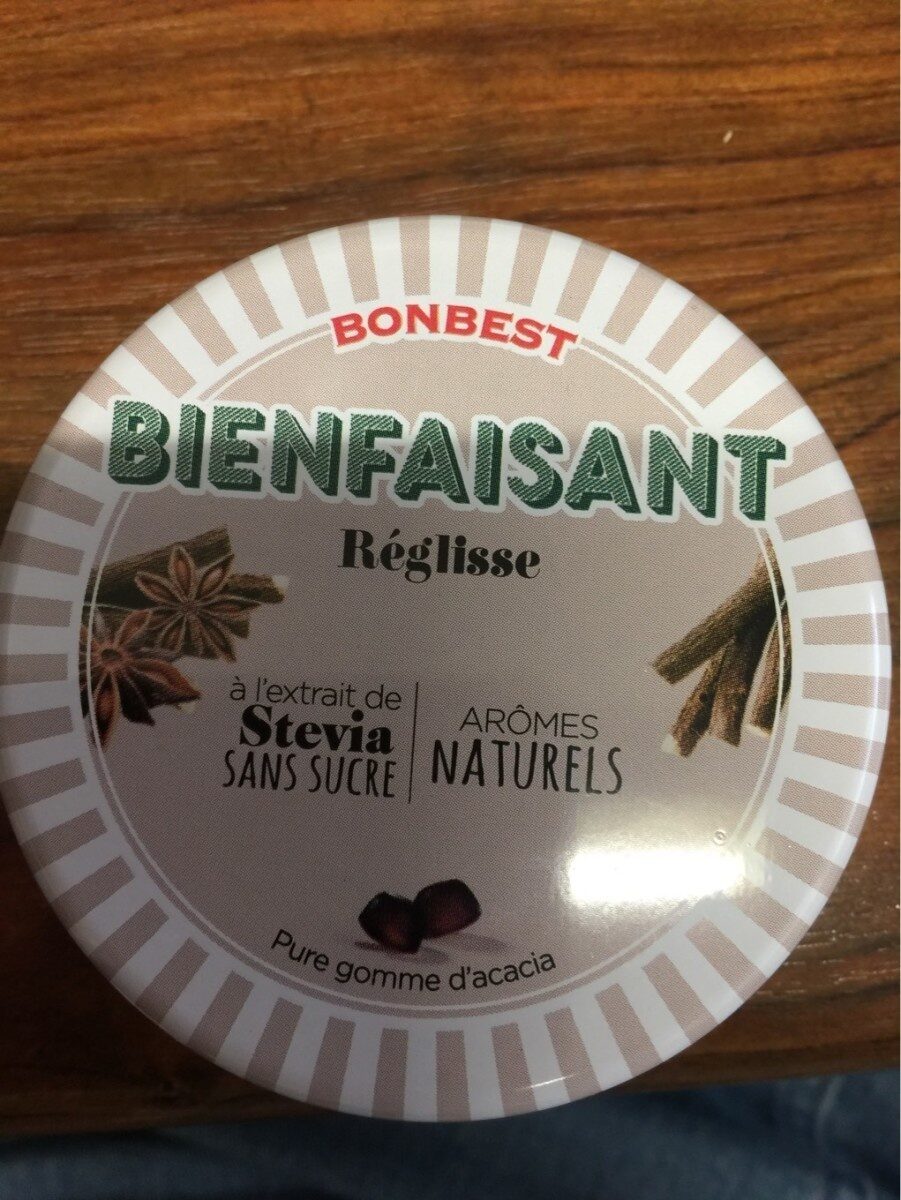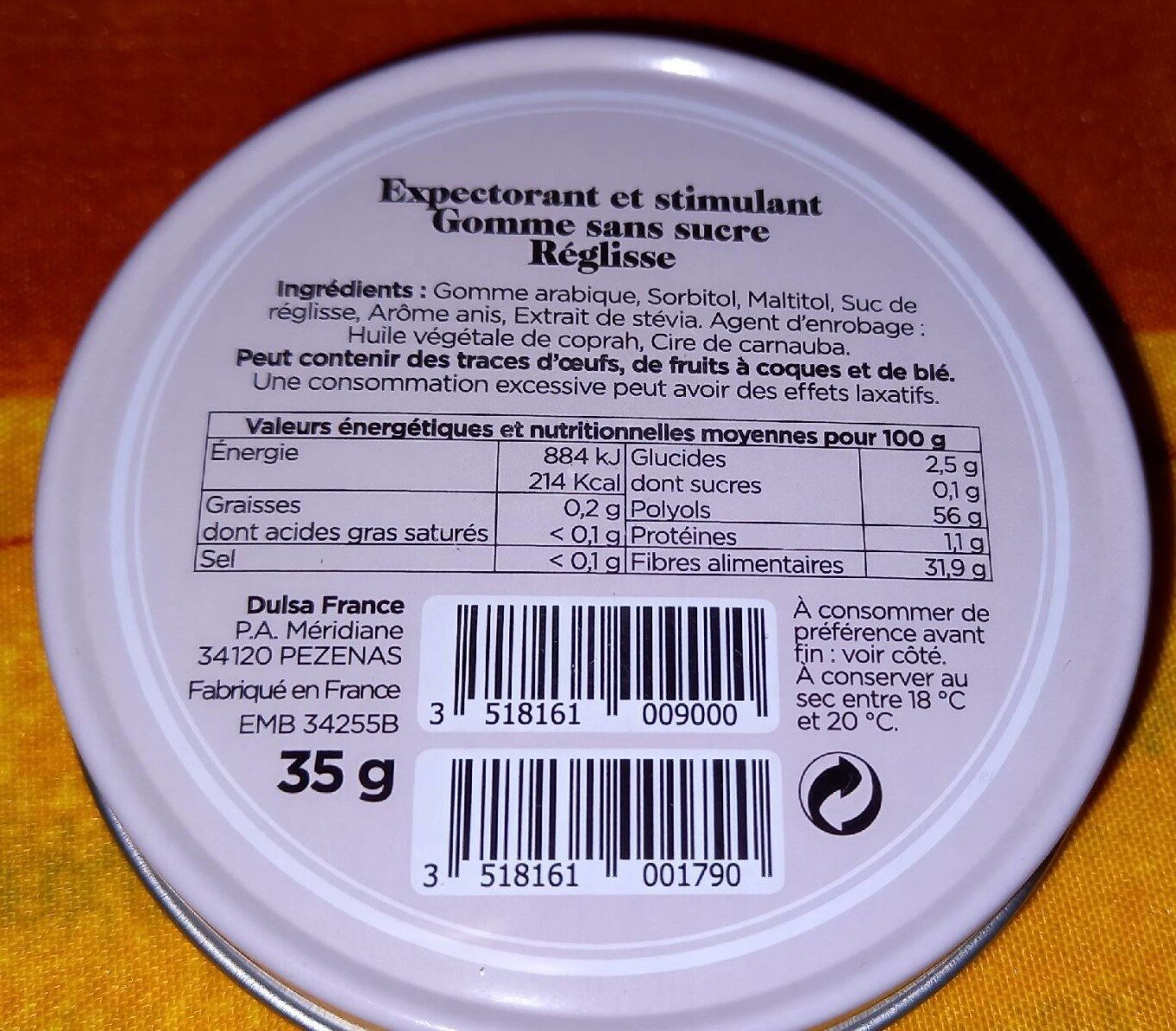Bienfaisant reglisse - Bonbest - 35 g
This product page is not complete. You can help to complete it by editing it and adding more data from the photos we have, or by taking more photos using the app for Android or iPhone/iPad. Thank you!
×
Barcode: 3518161001790 (EAN / EAN-13)
Quantity: 35 g
Brands: Bonbest
Labels, certifications, awards:
Excessive consumption can have laxative effects, Green Dot
Manufacturing or processing places: France
Traceability code: EMB 34255B - Saint-Gély-du-Fesc (Hérault, France)
Stores: Carrefour
Countries where sold: France
Matching with your preferences
Environment
Packaging
Transportation
Report a problem
Data sources
Product added on by kiliweb
Last edit of product page on by spotter.
Product page also edited by openfoodfacts-contributors, roboto-app, yohan-onyme, yuka.D7tNZfuFEdMGE_GKirsM2ybiHve_HdxGPkAnow, yuka.ZkxBUFBhZFJ0UG9WZ3N3Rm9DdnorOGhyL3I2S1dtR1JDc280SVE9PQ, yuka.sY2b0xO6T85zoF3NwEKvlmdECevfgxOcNwf5hke7mu-KJaHRZcAi2Y7bGao.








